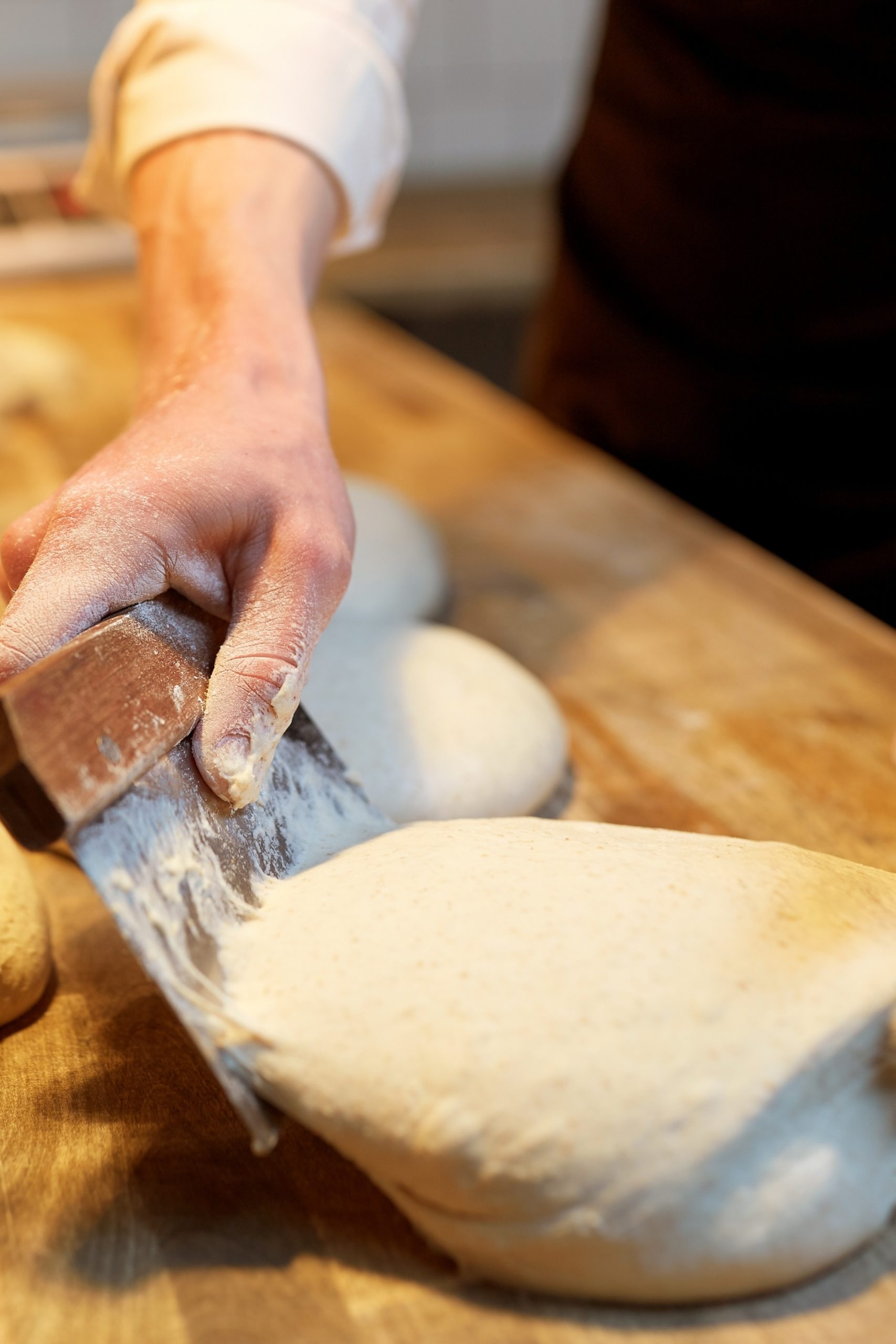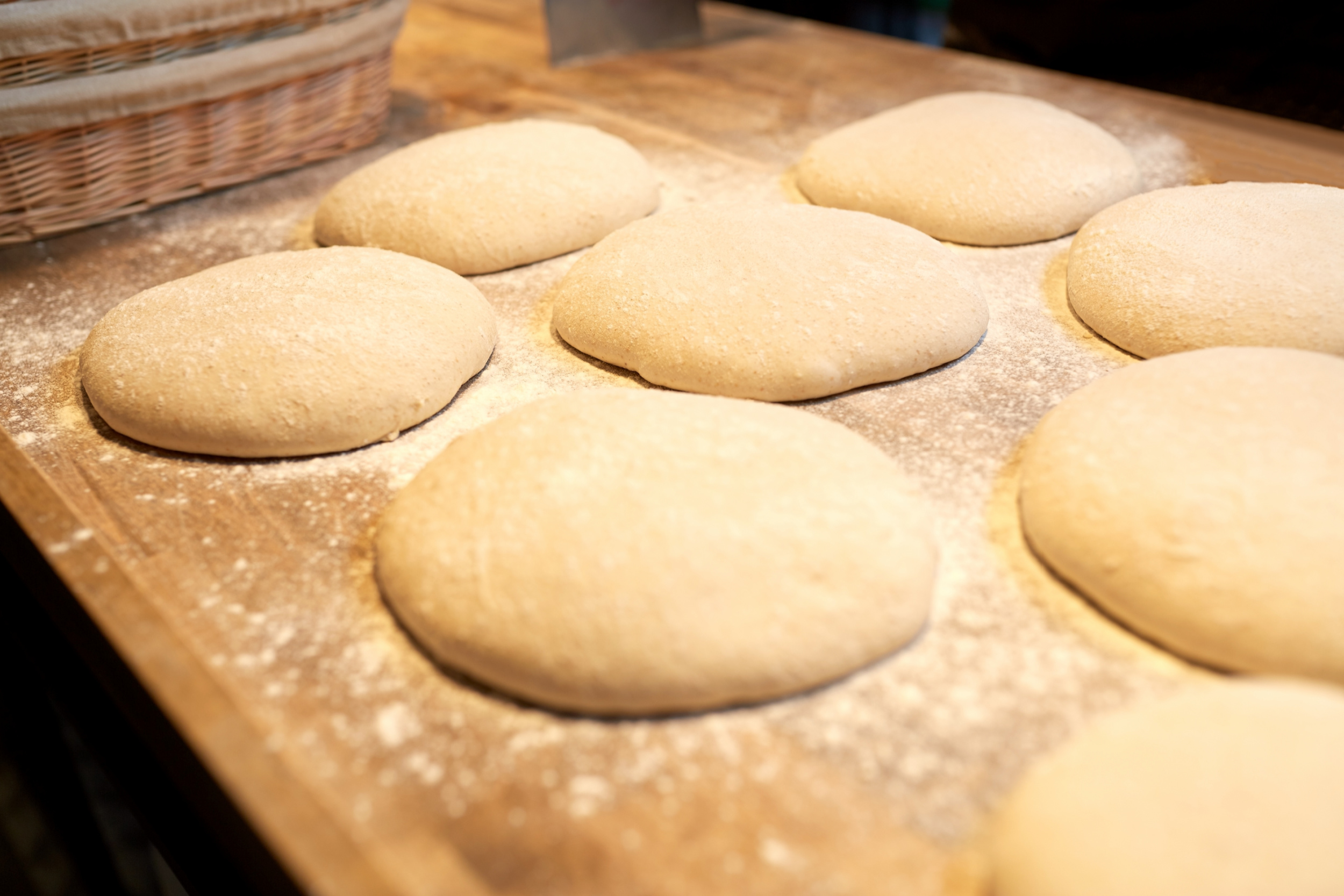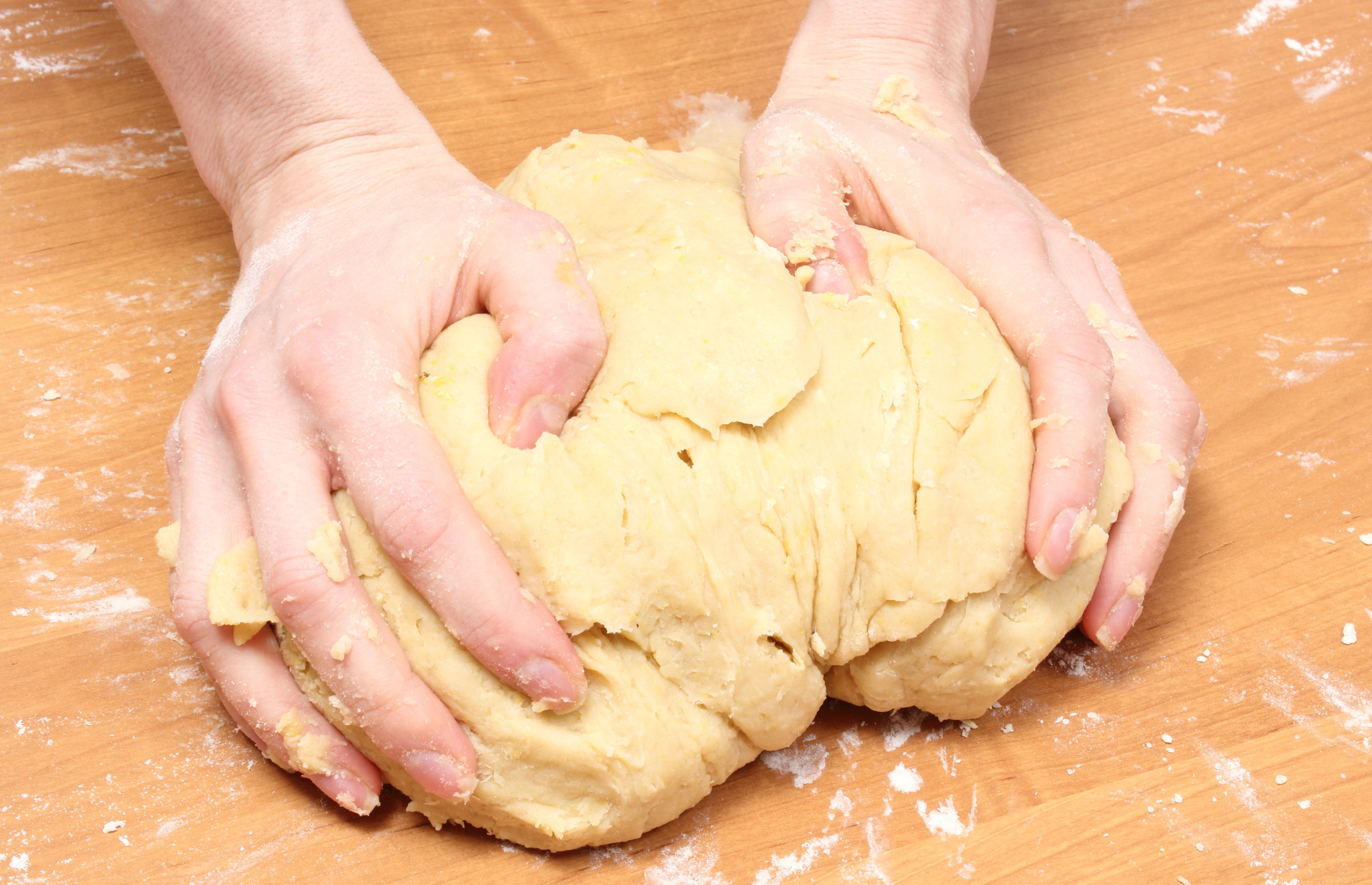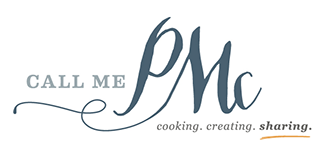Freezing Yeast Bread Dough
This post may contain affiliate links that won’t change your price but will share some commission.
Freezing yeast bread dough is a method of preserving dough for later use. It involves stopping the yeast’s activity by lowering the dough’s temperature to freezing point or below. This can be done by placing the dough in a freezer or using a blast chiller.
Freezing yeast dough gives me the flexibility to prepare it in advance and bake it later. This is a convenient option for me, especially as a busy individual or someone who craves fresh bread without the need to start from scratch every time.

Freezing Yeast Bread Dough
Freezing Yeast Bread Dough is indeed possible and relatively simple., but getting it right requires attention to timing and technique. Yeast bread dough, like sourdough, should be frozen after its initial rise and shaped into the desired final form. For loaves, freeze them in the loaf pan; for buns, cinnamon rolls, pizza dough balls, and dinner rolls, use a cookie sheet lined with parchment paper and covered with plastic wrap.
It’s important to note that freezing yeast dough may affect its texture and flavor slightly. The yeast’s activity may be reduced, resulting in a slightly less fluffy bread. Additionally, the dough may absorb some moisture from the freezer, making it slightly denser.
Overall, freezing yeast dough is a convenient way to preserve dough for later use. With proper freezing and thawing techniques, bakers can enjoy fresh bread without making it from scratch every time.
Non-yeast dough, such as flatbread dough, should be frozen immediately after kneading. No rising is necessary; simply let it rest. Form the dough into the desired form and place it in a resealable freezer bag.

Here’s a step-by-step guide for freezing yeasted bread dough:
- Allow the dough to rise once, according to your recipe.
- After the first rise, punch down the dough and shape it as desired, whether into bagels, hamburger buns, or a loaf.
- Prep the pans accordingly—grease and line with parchment paper.
- Cover the dough with plastic wrap followed by aluminum foil to prevent freezer burn.
- Freeze for at least twelve hours. If freezing in bulk, transfer to a freezer bag.
To bake frozen bread dough:
- For a loaf, keep it wrapped and thaw in the refrigerator overnight. Then, let it rise at room temperature before baking.
- For individual pieces, like buns, place them on a greased and parchment-lined baking sheet after thawing overnight. Let them rise before baking.
Once thawed and risen, preheat the oven to the specified temperature in your recipe and bake. The result should be just as delicious as freshly baked bread, even after weeks in the freezer.

How to thaw frozen bread dough
Easy thawing tips for perfect bread results are key to mastering frozen dough.
Frozen dough is a lifesaver for me as a busy baker, offering convenience without sacrificing taste or quality. But the secret to my success lies in mastering proper thawing techniques. Whether I’m preparing bread, rolls, or pastries, ensuring that I master the thawing process ensures my creations turn out just as delicious as if they were freshly made. I have three tried-and-true methods for thawing frozen dough, each tailored to suit my time constraints and preferences.
Refrigeration Method:
If you have time, refrigeration is the go-to method for thawing frozen dough. Simply transfer the dough from the freezer to the refrigerator 6-8 hours before you plan to use it. During this time, the dough will gradually thaw while remaining cold, making it easy to shape and work with when you’re ready to bake. Remember to keep the dough covered with plastic wrap to prevent it from drying out.
Room Temperature Method:
If you are short on time, the room-temperature method offers a quicker alternative for thawing. Place your frozen dough in a baking pan or on the kitchen counter in a draft-free area. Again, ensure the dough is covered with plastic wrap to retain moisture. Allow 2 to 3 hours to thaw. Warmth and moisture are key factors in expediting the thawing process, so be patient and avoid rushing.
Microwave Method:
When you have little time, the microwave method comes to the rescue. However, it’s essential to exercise caution to avoid overheating the yeast in the dough. Bread dough responds best to microwave thawing. Simply place one loaf of frozen bread dough in the microwave and set it to the defrost setting for 5 minutes. Keep a close eye on the dough to ensure it thaws evenly without becoming too warm. Once thawed, proceed with shaping and baking as usual.
Yeast Bread Dough Conclusion:
With these easy and proven thawing methods, you can confidently tackle any frozen dough recipe. Whether you opt for the leisurely pace of refrigeration, the convenience of room-temperature thawing, or the speedy results of the microwave, your baked goods are sure to delight family and friends alike. So go ahead, stock up on frozen dough, and let your creativity shine in the kitchen!
Also enjoy Best Holiday Roast Turkey Breast, SOFT SNICKERDOODLE COOKIES, HASHBROWN POTATO CASSEROLE NO CREAM SOUP {aka Funeral Potatoes}, Grilled Cheese Breakfast Sandwich, and SOFT FLUFFY YEAST ROLLS.
